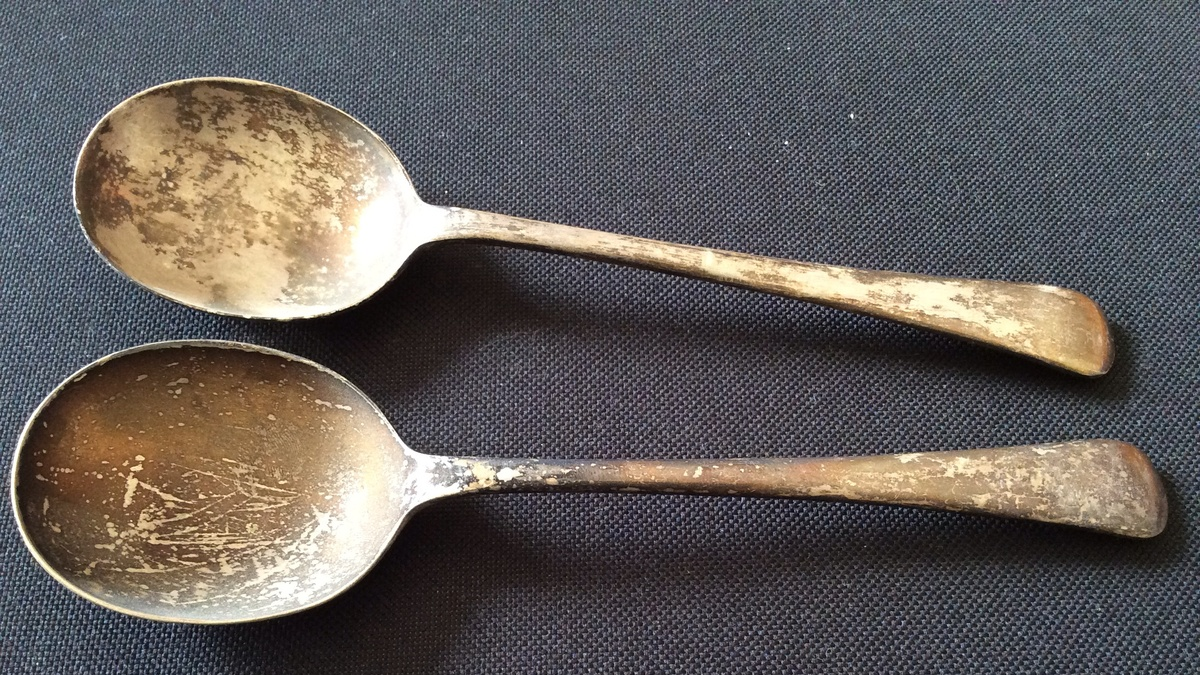During the 1930s, the Great Depression forced many individuals into a transient lifestyle, leading to the rise of the hobo culture. These resourceful travelers carried essential items that not only aided in their survival but also showcased their ingenuity. In this article, we explore ten indispensable items that every hobo carried, revealing the practical tools that can still inspire modern backpackers, with some photos showcasing their more modern counterparts.
Sturdy Working Blade

A sturdy working blade was a must-have for any hobo. Typically, this would be a folding pocket knife, often a three-bladed Stockman. This versatile tool was essential for various tasks, from preparing food to processing small game. The ability to resharpen the blade ensured that it remained useful throughout their travels.
Moreover, a good knife could also serve as a means of protection. In a world where safety was often compromised, having a reliable blade could make a significant difference. The hobo’s knife was not just a tool; it was a lifeline, enabling them to navigate the challenges of life on the road.
Pocket Fishing Kit

Another essential item was a small pocket fishing kit. This kit typically included a cork, a bit of wood for organization, a split shot sinker, and a single hook. Lightweight and easy to carry, this fishing kit allowed hobos to catch their meals from nearby streams or creeks.
Fishing not only provided sustenance but also offered a moment of peace and connection with nature. The ability to drop a line and potentially catch a fish was a small but significant comfort in the often harsh realities of hobo life. This simple kit exemplified the resourcefulness that defined the hobo culture.
Match Case or Match Safe

A match case or match safe was another crucial item. Typically made of brass, these cases protected strike-anywhere matches from moisture, ensuring that hobos could start a fire even in damp conditions. The ability to create fire was vital for cooking, warmth, and safety.
In addition to matches, some hobos carried trench lighters, though these required fuel. The match case was a practical and easily replaceable item, making it a staple in every hobo’s pocket. It represented not just a means to an end but also a symbol of survival in a challenging world.
Cotton Bandana

A 100% cotton bandana was a versatile item that every hobo carried. Often found in a back pocket, it could be used for various purposes, from wiping sweat to handling hot pots. The bandana was a multi-functional tool that adapted to the needs of the moment.
Whether worn around the neck or used as a makeshift towel, the bandana was indispensable. Its lightweight nature made it easy to carry, and its numerous uses made it a practical choice for those living on the move. This simple piece of fabric was a testament to the hobo’s ability to make the most of what they had.
Road Stake

Contrary to popular belief, hobos were not merely aimless drifters. Many carried a road stake, a small pouch for money that allowed them to manage their finances while on the road. This pouch often had compartments for change and folding money, ensuring that they could purchase food or pay for train rides.
Having a road stake was crucial for navigating the complexities of life as a hobo. It allowed them to maintain a semblance of normalcy and control over their situation, even in the face of adversity. This item highlighted the hobo’s resourcefulness and their need to adapt to their environment.
Coffee Kit

Every hobo aimed to have enough coffee for at least a single cup. They often carried their coffee in an old tobacco tin, which kept it safe from moisture. The ritual of brewing a cup of coffee provided a sense of comfort and normalcy amidst the chaos of their lives.
Coffee was more than just a beverage; it was a moment of respite. For many hobos, the act of preparing and enjoying a cup of coffee was a small luxury that brought joy to their day. This simple kit exemplified the importance of maintaining a routine, even in the most challenging circumstances.
Old Spoon

An old spoon was another essential item that hobos carried. Often salvaged from dumps or discarded by others, this spoon was vital for eating meals, stirring coffee, and measuring ingredients. It was a practical tool that served multiple purposes, reflecting the hobo’s need for efficiency.
Having a personal spoon meant that hobos could enjoy their meals without relying on others. It was a small but significant item that contributed to their sense of independence and self-sufficiency. This simple utensil was a reminder of the importance of resourcefulness in everyday life.
Tin or Aluminum Cup

A tin or aluminum cup was another lightweight item that hobos often carried. These cups were typically smaller than modern ones, making them easy to pack and transport. They were essential for drinking coffee or water, and their durability made them a reliable choice for life on the road.
The cup represented a practical solution to a basic need. It allowed hobos to stay hydrated and enjoy their meals, contributing to their overall well-being. This simple item was a testament to the hobo’s ability to adapt and thrive in challenging conditions.
Chalk or Crayons

Hobos often carried chalk or crayons for marking their territory or leaving messages for fellow travelers. These markers were used to create hobo symbols on fences, trees, and gates, providing valuable information about safe places to stay or potential dangers.
The use of symbols was a form of communication that transcended words. It allowed hobos to share knowledge and experiences, fostering a sense of community among those living on the fringes of society. This practice highlighted the importance of connection and support in a transient lifestyle.
Sewing Kit

Finally, a small sewing kit was an essential item for any hobo. Typically stored in a wooden tube, this kit contained a few needles, some thread, and perhaps a straight pin or two. It allowed hobos to mend their clothing and make necessary repairs, ensuring that they could maintain their gear and stay warm.
The sewing kit represented the hobo’s commitment to self-sufficiency. It was a reminder that even in difficult circumstances, they could take control of their situation and make the best of what they had. This small but mighty kit was a testament to the resilience and resourcefulness that defined the hobo culture.




























